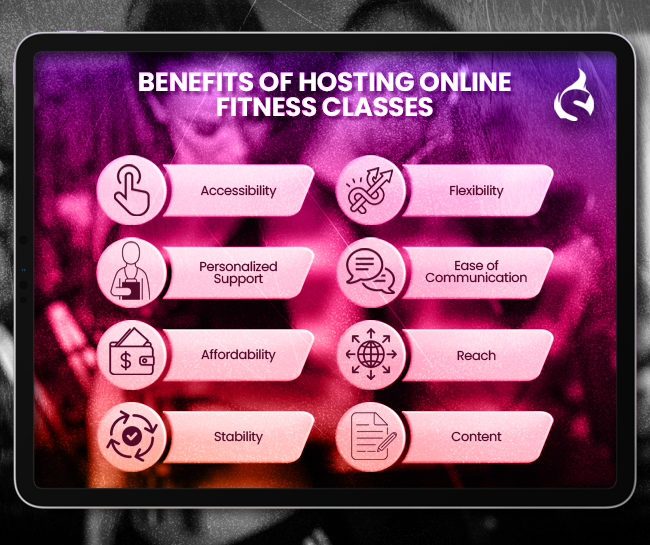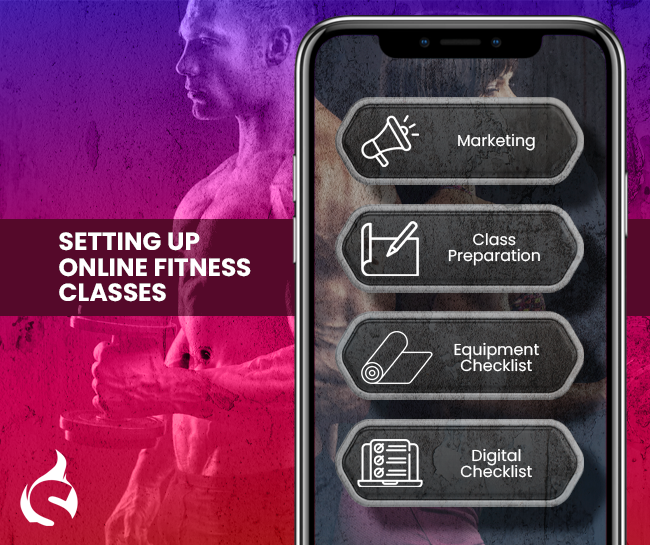
Are you a yoga studio owner or instructor looking to expand your reach and enhance your yoga business? In today’s competitive wellness industry, effective marketing and growth strategies are essential. We’ve compiled a comprehensive guide featuring 10 proven ways to market and grow your yoga business successfully. Whether you’re just starting or seeking to revitalize your existing studio, these insights will help you achieve your goals.
Ways to Market and Grow Your Yoga Business
Embarking on a journey to enhance your yoga business? Look no further. In this article, we unveil ten invaluable strategies tailored to the yoga industry. These proven methods will not only elevate your studio’s visibility but also nurture its growth.
- Embrace Digital Marketing

In the digital age, an online presence is crucial. Utilize social media platforms, email marketing, and a professional website to connect with your audience. Share valuable content, class schedules, and testimonials to attract new students.
- Offer Diverse Classes

Cater to a wide range of yoga enthusiasts by offering diverse classes. Include options like Vinyasa, Hatha, and Yin yoga to accommodate various preferences and skill levels.
- Build a Community

Creating a sense of belonging is essential. Organize workshops, retreats, and community events to foster connections among your students. A strong community will keep students coming back.
💡 Building a community is the heartbeat of a thriving yoga business – it fosters connection, trust, and sustained growth.
- Develop a Loyalty Program

Reward your loyal students with a loyalty program. Offer discounts, free classes, or exclusive merchandise to show your appreciation for their commitment.
- Optimize SEO for Local Visibility

Ensure that your yoga studio appears in local search results. Implement local SEO strategies by claiming your Google My Business listing, collecting positive reviews, and optimizing your website for local keywords.
- Partner with Local Businesses

Collaborate with local businesses like health food stores or wellness centers. Cross-promotions and partnerships can introduce your studio to a broader audience.
💡 Collaboration fuels growth—partnering with local businesses not only expands your reach but creates a supportive community for your yoga business to thrive.
- Invest in Professional Photography

High-quality photos of your studio and classes can significantly impact your marketing efforts. Visual content builds trust and encourages potential students to visit.
- Offer Online Classes

Extend your reach by offering online yoga classes. Virtual sessions make it possible for students worldwide to join your community.
- Create Engaging Content

Regularly update your blog and social media with informative and inspiring content. Share yoga tips, stories, and success testimonials to engage your audience.
- Attend Yoga Expos and Events

Participating in yoga expos and events can help you connect with like-minded individuals and network within the industry. These events are excellent opportunities for brand exposure.
Growing your yoga business requires a blend of creativity, strategy, and dedication. By implementing these 10 proven ways to market and grow your yoga business, you can expand your reach, inspire more individuals on their wellness journeys, and establish your yoga studio as a thriving hub of holistic health and well-being.
Dive into the financial zen of yoga studios! Uncover the secrets of ‘How Do Yoga Studios Make Money‘ and empower your studio’s prosperity. Read now for a wealth of insights, plus discover how Spark Membership Software can elevate your yoga business to new heights!











